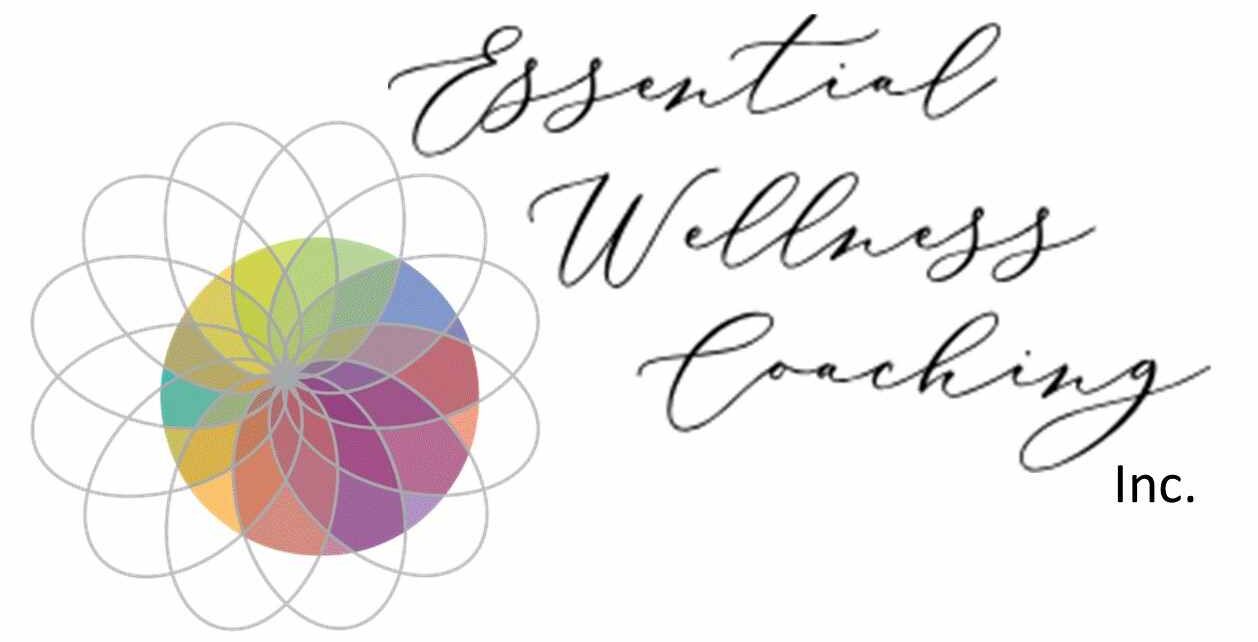A New Look at Centering

You’ve heard about the way the body automatically responds to stress: the built-in fight/flight/freeze response over which we have little control. It’s the sabretooth tiger metaphor–perhaps overused but still true–our survival systems have not adjusted to contemporary life. Unless you face sabretooth tigers on a daily basis, your body is over-responding to perceived threats. It can’t help it.
You can’t eliminate this inherited protection system, and you wouldn’t want to if you could, but you can adopt a practice that makes it work FOR–not against–you.
There are two types of nervous system response to a perceived threat. One is the sympathetic nervous system which pumps blood to your legs, floods your body with adrenaline, quickens your heartbeat, shuts down non-essential processes and focuses your alertness so you can fight or flee. On the other hand, the parasympathetic nervous system slows you down allows you to rest and digest.
There is a sweet spot between these two. The sweet spot is specific to the individual and it is ever-shifting. It is in that sweet spot is where we find optimum performance coupled with pleasure and enjoyment. It’s the Goldilocks point: not too much stimulation, not too little stimulation, just right.
So, it’s in the center, which is where we get the term centering. And centering is more than striking a yoga pose and breathing deeply. Optimal centering that activates all parts of the brain and affects both aspects of the nervous system incorporates meaning and motion. It is a practice done on a regular basis, building ability during low stress times so that you can call upon it in high stress types.
Here is a comprehensive centering exercise. Notice that it does not ask you to sit down. You can do this centering exercises in stillness or in motion. This 5-minute recording will take you through the process, and then you will be able to use it any time, any place.
***
Whole-being well-being expert, Liz Garrett, translates scientific and metaphysical principles into PRACTICAL APPLICATION leaders use to change their lives, their relationships, their work and, ultimately, the world.

Leave a Reply